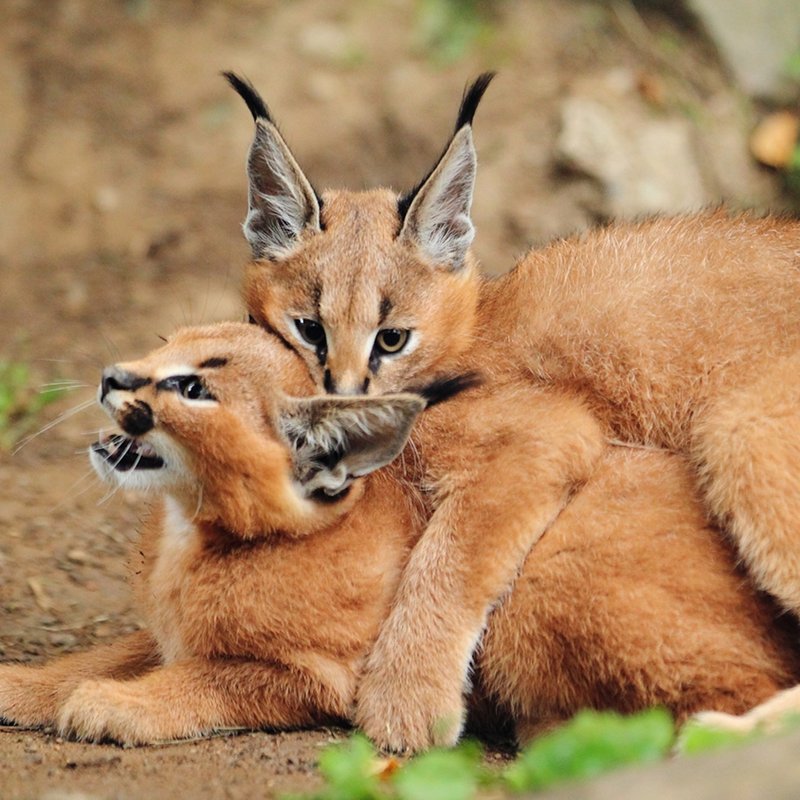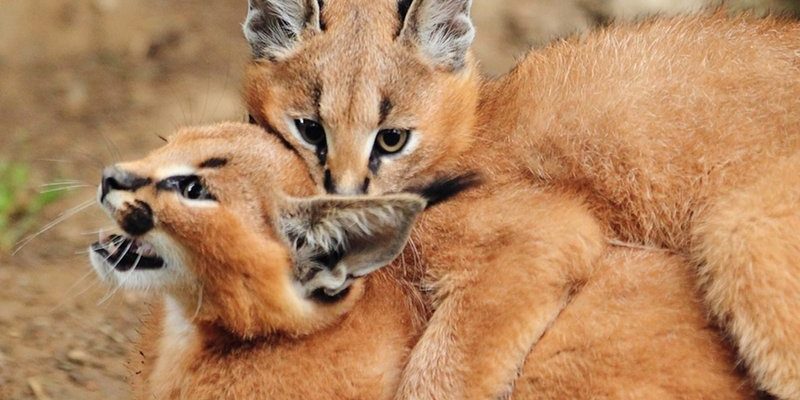
Let me break it down. The caracal, scientifically known as *Caracal caracal*, is a fascinating creature that can arouse both curiosity and concern. With its capacity for impressive leaps and sharp claws, this cat isn’t just a pretty face. But does that mean it poses a threat to humans? Here’s the thing: like many wild animals, its behavior largely depends on context, environment, and how it’s treated by people. As we dive deeper into this topic, we’ll explore the nature of caracals, how they interact with humans, and the occasional risks involved.
Understanding the Caracal’s Behavior
Caracals are solitary animals, often preferring to live and hunt alone. This independence can sometimes be misinterpreted as aggression. Here’s a little insight: caracals are primarily nocturnal hunters. They have exceptional hearing, allowing them to detect prey even in tall grass. With their long legs and powerful muscles, they can leap up to 10 feet in the air to catch birds mid-flight. This isn’t just impressive; it shows their adaptability and skill as hunters.
So, what does this mean for their interaction with humans? When left undisturbed in their natural habitat, caracals are generally shy and elusive. They tend to avoid human contact wherever possible. However, if they feel threatened, especially if they’re cornered or with their young, their natural instincts will kick in, and they may react defensively. This is true for many animals. If you corner a skittish dog, you might find it ready to bite, right?
Are Caracals Known to Attack Humans?
Here’s the good news: caracals rarely, if ever, attack humans. While they’re capable of inflicting serious harm if provoked, there are very few documented cases of caracals attacking people. Most of their attacks are directed toward smaller prey, like rodents and birds. Think of them more as solitary hunters rather than aggressive beasts looking for trouble in human communities.
However, a wild animal still poses inherent risks, especially in situations where they feel endangered. For example, if a person unknowingly gets too close to a mother caracal and her kittens, the mother might feel compelled to protect her young. This protective instinct can lead to defensive behavior, which could be mistaken for aggression—though it’s really just a mother looking out for her babies.
How Do Caracals Interact with Humans?
Our relationship with wildlife is a complex one, often defined by caution and concern. Caracals are no exception. In areas where human encroachment leads to habitat loss, caracals might venture closer to agricultural areas to hunt. Here’s where things can get tricky: farmers may see them as a threat to their livestock, especially smaller animals.
In rural areas, farmers sometimes resort to traps or lethal methods to deal with perceived threats from these cats. This creates a cycle where caracals become wary of humans, further pushing them to avoid encounters. It’s important to recognize that caracals aren’t actively seeking out humans; rather, they’re trying to navigate their environment.
Risk Factors: When Can Caracals Be Dangerous?
While caracals aren’t typically dangerous to humans, there are specific circumstances that might change that. Here are a few scenarios where interactions could become risky:
- Habituation: If caracals become used to human presence due to frequent interaction or being fed, they may lose their natural wariness.
- Hunger: In times of food scarcity, these cats may become bolder and venture into human settlements, leading to potential conflicts.
- Motherhood: As mentioned before, a mother caracal protecting her young can display aggressive behavior if she perceives a threat.
Understanding these factors can help mitigate risks. Avoid feeding wild animals, respect their space, and ensure that habitats remain intact whenever possible.
Conservation and Ethical Considerations
The caracal plays an important role in its ecosystem as a predator. While we might view them with suspicion, their existence is vital for maintaining the balance of wildlife populations. As human activity continues to encroach on their habitats, conservation efforts become crucial.
Organizations around the world are working to create safe spaces for caracals and educate communities about living alongside them. By understanding these animals better, we can foster coexistence instead of conflict. Remember, an informed community is a powerful way to promote wildlife conservation.
Summary: Embracing the Caracal
So, can the caracal be dangerous to humans? In general, the answer is no. These incredible cats are shy by nature and prefer to avoid human interaction. But like any wild animal, they should be respected and appreciated from a distance.
By taking steps to coexist harmoniously with caracals and other wildlife, we can help ensure their survival while reducing the risk of conflict. Let’s celebrate the beauty of these unique creatures and learn how to live in balance with them. After all, every animal has its place in the world, and understanding them better allows us to appreciate the wild just a little more.

